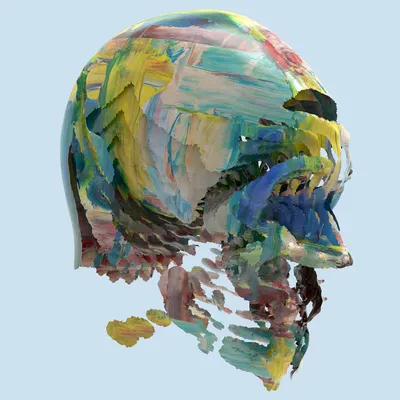
Why the Right Toothbrush Matters
Choosing the right toothbrush is crucial for maintaining good oral hygiene. A good toothbrush can effectively remove plaque, prevent gum disease, and keep your teeth sparkling clean. But with so many options available, how do you determine which one is best for you?
Manual vs. Electric Toothbrushes
Manual Toothbrushes
Manual toothbrushes are the most traditional option and are widely available. They come in various shapes, sizes, and bristle types. The key is to choose one with soft bristles to avoid damaging your enamel and gums. A toothbrush with a small head can also help you reach the back teeth more easily.
Electric Toothbrushes
Electric toothbrushes have grown in popularity due to their efficiency in removing plaque and ease of use. They come with a variety of modes, including oscillating, vibrating, and sonic movements. These features can make brushing more effective and may be especially beneficial for individuals who have difficulty brushing manually or have specific dental needs.
Important Features to Consider
Bristle Softness
Soft bristles are generally recommended by dentists because they are gentle on your gums and enamel. Hard bristles can be too abrasive and may cause gum recession or enamel wear over time.
Brush Head Size
A smaller brush head allows you to reach the back of your mouth more easily, ensuring a more thorough clean. This is especially important for children or adults with smaller mouths.
Handle Grip
A comfortable grip can make a significant difference in how effectively you brush. Look for a toothbrush with a non-slip handle or ergonomic design.
Special Considerations
Different individuals have different dental needs. For example, if you have braces, you might benefit from a toothbrush designed to clean around brackets and wires. Those with sensitive gums may prefer ultra-soft bristles.
Frequency of Replacement
Regardless of the type of toothbrush you choose, it's essential to replace it every three to four months or sooner if the bristles become frayed. A worn-out toothbrush is less effective at cleaning your teeth and can harbor bacteria.
Conclusion
Choosing the right toothbrush involves considering several factors, including bristle type, brush head size, and handle comfort. Whether you opt for a manual or electric toothbrush, making an informed decision can help you maintain optimal dental hygiene and keep your smile healthy.
Popular Oral Health Articles
Explore the articles our readers find most helpful, ranging from basic dental care tips to advanced oral health topics.




Related Posts
View All
Sydney Denture Clinics: Near Techniques with 3D Imaging - Find Out More

Understanding the Impact of Oral Microbiome on Dental Health
